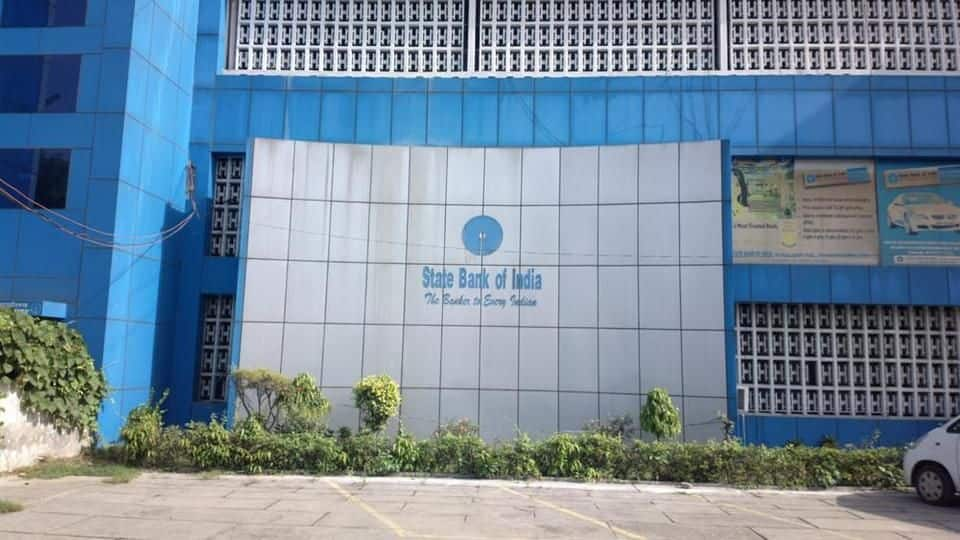
After raising interest rates, SBI hikes MCLR across various maturities
What's the story
The SBI, India's largest public lender, has raised the one-year marginal cost-based lending rate (MCLR) from 7.95% to 8.15% across several maturities. This comes a day after it raised interest rates on fixed deposits. This is the first revision in MCLR since it went into force in April'16. Many private banks have already raised rates, and public lenders are expected to follow suit.
MCLR
What is MCLR?
The MCLR is an interest rate formula used by banks to set their interest rates for different loans. Banks obtain funds for lending from deposits by customers and by borrowing from the RBI. Under MCLR, banks set interest rates on loans based on interest rates given for deposits and the repo rate (the rate at which bank borrows from RBI).
New rates
The SBI's new lending rates for different tenors
The SBI issues MCLR for seven tenors- overnight, one-month, three-months, six-months, one-year, two-years and three-years. The overnight and six-month MCLR has now gone up by 10 basis points (bps) each to 7.80% and 8% respectively, w.e.f March 1, 2018. The two- and three-year rates have been increased by 20 bps each to 8.25% and 8.35% respectively. One bps is one-hundredth of a percentage point.
Do you know?
How does it impact borrowers?
This will impact only new borrowers as loans will get more expensive. For existing borrowers on MCLR-linked loans, there will be no change as per the reset clause. So if you took a loan in November'17, your reset clause would click in only in November'18.
Status
Banks struggling to cut losses amid rising bond yields
Despite RBI leaving its rates unchanged, many private banks have increased theirs since January. This comes amid eroding profits due to surging bond yields and struggles to meet capital requirements as they set aside provisions to meet rising bad loans. This also indicates growing interest in the economy. Meanwhile, public lenders have been increasing deposit rates. Rise in lending rate is likely to follow.